The alcohol industry is no stranger to change. From craft breweries revolutionizing beer to mixologists pushing the boundaries of cocktail culture, the landscape is constantly evolving. However, a new trend has emerged that is shaking up the status quo and captivating consumers: the rise of non-alcoholic drinks.
A Paradigm Shift in Consumer Preferences
In recent years, there has been a notable shift in consumer preferences towards non-alcoholic alternatives. What was once considered a niche market has now become a booming industry, with sales skyrocketing by an impressive 33% in 2021 alone, reaching a staggering $331 million according to a recent Gallup report. This surge is not just a blip on the radar; it is part of a larger trend that shows no signs of slowing down.
Sober Curious Movement and Dry January
One of the driving forces behind this shift is the “sober curious” movement. More people are embracing an alcohol-free lifestyle, opting for beverages that offer all the flavor and enjoyment without the buzz. Events like Dry January have gained significant traction, inspiring individuals to take a break from alcohol and explore alternative options.
Responding to Changing Consumer Dynamics
The alcohol industry has taken notice of this cultural shift and recognized the need to adapt. With Millennials and Gen Z leading the charge in reducing alcohol consumption, brands are stepping up their game by offering an array of enticing non-alcoholic options.
Expanding Product Offerings
Gone are the days when non-alcoholic options were limited to uninspiring mocktails or sugary sodas. Today, consumers can choose from an ever-expanding range of sophisticated and well-crafted beverages that cater to every taste preference. Whether you’re craving a refreshing botanical-infused spirit alternative or a complex alcohol-free beer, there’s something out there for everyone.
Innovating with Ingredients
To create these enticing alternatives, manufacturers are pushing the boundaries of innovation. They’re experimenting with unique ingredients and flavor profiles, using techniques that mimic the complexities of alcoholic beverages. From distilling non-alcoholic spirits to fermenting alcohol-free wines, the creativity and craftsmanship in the industry are truly remarkable.
Riding the Wave of Success
The numbers don’t lie – the non-alcoholic drinks market is booming, and projections indicate a continued upward trajectory. By 2024, experts predict a robust 31% growth in the total volume of no-alcohol and low-alcohol beverages The potential for further expansion is immense, and brands that embrace this trend stand to reap significant rewards.
Captivating a Broader Audience
With its appeal to health-conscious individuals, designated drivers, sober curious explorers, and those simply looking for a refreshing alternative, the non-alcoholic market has broadened its reach. By offering sophisticated options that rival their alcoholic counterparts in taste and experience, brands can captivate an even wider audience.
Tapping into Digital Marketing Strategies
In an increasingly digital world, brands leveraging effective marketing strategies can make a lasting impact. Social media platforms provide an ideal space to showcase enticing visuals, share recipes and cocktail inspiration, and engage with consumers on a personal level. Influencer partnerships can also play a pivotal role in spreading awareness and generating buzz around non-alcoholic offerings.
Embracing Change for a Thriving Future
As consumer preferences continue to evolve, it’s crucial for the alcohol industry to adapt and innovate. By embracing the rise of non-alcoholic drinks, brands can tap into a growing market segment while satisfying the changing demands of consumers.
The surge in popularity of non-alcoholic drinks represents more than just a passing fad; it’s indicative of a broader societal shift towards healthier lifestyles. With sales on the rise and increasing consumer interest, the non-alcoholic market is poised for continued success. By responding to changing dynamics, expanding product offerings, and leveraging effective marketing strategies, brands can position themselves at the forefront of this exciting trend. So why not raise a glass – filled with a delicious non-alcoholic concoction – and toast to the future of alcohol industry innovation?

